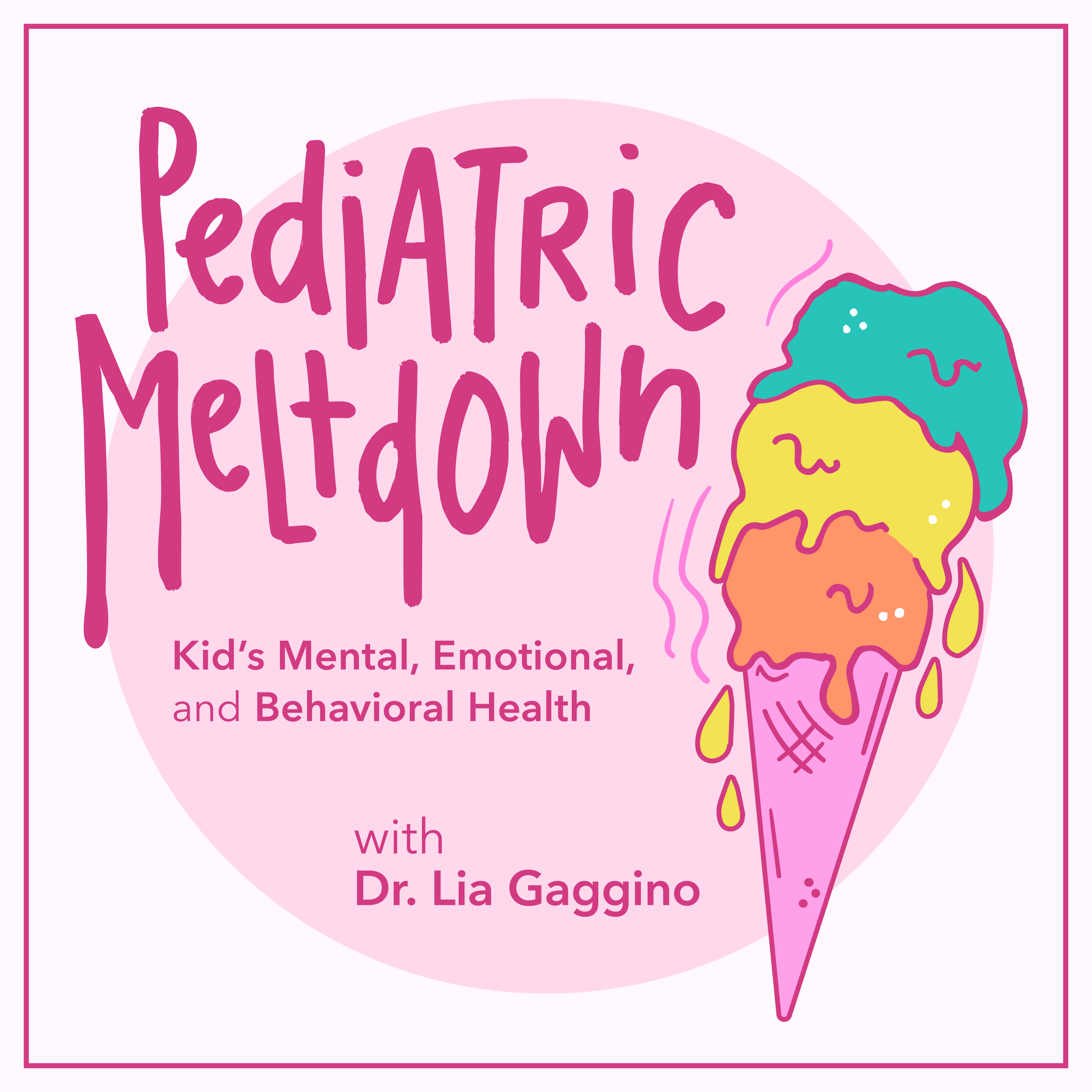
109 ADHD Symptoms: Executive Functions Part II
Podcast: Pediatric Meltdown
Autor:Lia Gaggino
https://302.buzz/PM-WhatAreYourThoughtsThe eight key executive functions are Impulse control, Emotional Control, Flexible Thinking, Working Memory, Self-Monitoring, Planning and Prioritizing, Task Initiation, and Organization. Early identification and intervention is important for helping individuals with ADHD to reach their full potential. Dr. Colleen Cullinan is back for part 2 in Dr. Gaggino’s series on ADHD. They pick up where they left off on Episode #88 (the link to the episode is below). You’ll hear a deeper dive into the strategies and specific techniques of caring for the ADHD child. According to a 2016 CDC report, about 3 in 4 US children with current ADHD receive treatment. Let’s take a closer look at some of the other stats on that report. 62% were taking ADHD medicationAges 2–5: 18%Ages 6–11: 69%Ages 12–17: 62%47% received behavior treatmentAges 2–5: 60%Ages 6–11: 51%Ages 12–17: 42%Altogether, 77% were receiving treatment. Of these children:About 30% were treated with medication alone.About 15% received behavior treatment alone.About 32% children with ADHD received both medication treatment and behavior treatment.About 23% children with ADHD were receiving neither medication treatment nor behavior treatment. [00:30 - 08:17] Opening SegmentDr. Gaggino introduces us to Dr. Colleen CullinanDr. Gaggino and Dr. Cullinan pick up where they left off from Ep 88[8:18 - 10:37] The diagnosis should be a “strength based model” The Hyper focus of an ADHD child will activate that chemical excitement in their brain.“Attention Deficit” is a misnomerWhat is the true definition of ADHD?[10:38 - 24:00] How do we adjust to meet where kids are?Redirect the attention that they DO have Tolerating the experience of “Chemical Boredom”?The ADHD child can strengthen their weaknesses in a planful, stepwise, gradual wayThe executive function of INTERNAL SPEECH [24:01 -54:26] The Golden Ratio for ADHDThis is not to be used as a reward14 positive interactions to neutralize 1 negative interactionIt only takes 5 minutes a dayThe parent’s job is to listen, reflect and praise [54:27 - 1:01:48] Closing segment TakeawaysYou can reach Dr. Colleen C. CullinanEmail: [email protected]: @ColleenCullinanResources:Episode #88https://cutt.ly/ADHD-Ep88Parent Child Interaction Therapy (PCIT)pcit.orgBook Mentioned in the Episodehttps://cutt.ly/RaisingAnEmotionallyIntelligentChildKey quotes for Twitter:“When we think about a 7 y/o, who, when it comes to internal speeches, actually looks more like a 5 or 4 y/o, we really do need to think about how we can start to teach this skill of pause, reflect, look around, use your...
Fecha de Publicación: 5 de octubre de 2022
Duración: 1 hr 1 min
Añadir a Playlist

Episodios Relacionados
-
249. The Pediatric Meltdown Podcast: Behind the Scenes junio 4, 2025
-
248. Conversation with My Daughter: Soft Body Baddie mayo 28, 2025
-
247. Human Trafficking: What Pediatric Clinicians Must Know mayo 21, 2025
-
246. Pediatric Psychopharmacology: Tips for Prescribers mayo 15, 2025
-
245. When Sadness Looks Like Anger: Rethinking Pediatric Depression and Behavioral Activation mayo 7, 2025